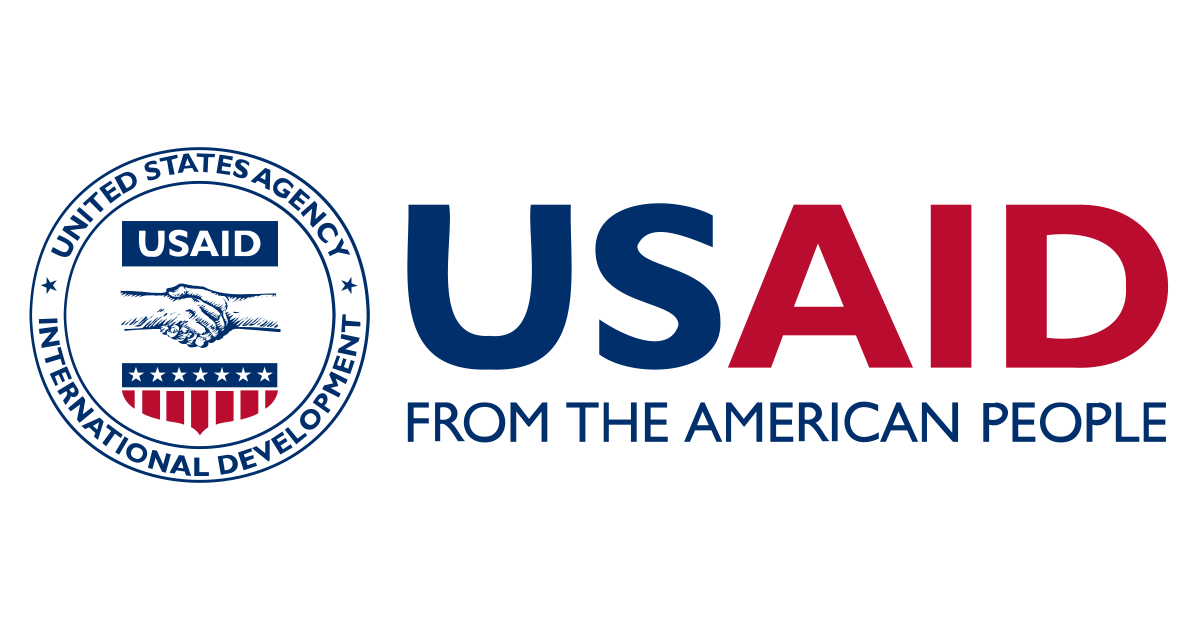In 2021, the United States continued its tradition of providing substantial foreign aid to over 150 countries and organizations, reflecting a commitment to national security, commercial interests, and humanitarian causes.
This extensive aid effort, based on data from the U.S. Agency for International Development (USAID), showcased a particular focus on nations grappling with internal conflicts and humanitarian crises.
- Afghanistan: Emerging as a primary recipient of significant aid, Afghanistan received a substantial $1.5 billion in humanitarian assistance following the withdrawal of American troops in 2021.
- Ethiopia: The U.S. allocated $1.4 billion for emergency food assistance, addressing the pressing hunger crisis.
- Jordan: Jordan received $1.3 billion in cash transfers to support its economic stability and development.
- Yemen: Aiding Yemen in combatting food scarcity, the U.S. directed $1.1 billion toward emergency food assistance.
- South Sudan: With $1.0 billion allocated, South Sudan received crucial aid to combat its ongoing food crisis.
- Democratic Republic of the Congo (DRC): The DRC was granted $891 million in emergency food assistance to alleviate hunger.
- Syria: The U.S. extended $844 million in humanitarian assistance to support the people affected by the ongoing crisis in Syria.
- Nigeria: Aiming to strengthen global health supply chains, Nigeria received $828 million.
- Colombia: In the fight against drug trafficking, Colombia received $761 million.
- Sudan: Sudan was allocated $620 million for emergency food assistance.
Throughout its post-World War II history, the U.S. has disbursed more than $3.75 trillion in foreign aid (adjusted for inflation). Notably, foreign aid reached its zenith in the post-war years due to initiatives like the Marshall Plan, which aimed to rebuild Europe’s economic infrastructure.
In terms of cumulative assistance, Israel has been the largest beneficiary of U.S. foreign aid, receiving over $300 billion since the 1940s. This support has predominantly focused on military assistance, bolstering Israel’s defense capabilities in a tumultuous region.
Vietnam, after a two-decade conflict, has become the second-largest recipient of U.S. financial support. This aid is directed towards economic cooperation, technological support, military assistance, and efforts to address the environmental impact of Agent Orange, used by the U.S. military during the Vietnam War.
Egypt has received substantial foreign aid since 1975, with diplomatic efforts aiming to reduce tensions in the Arab-Israeli context.
During the Cold War, the U.S. provided extensive aid to countries like South Vietnam and South Korea, furthering its geopolitical interests.
In recent years, Iraq, Afghanistan, and Pakistan have been the focal points for U.S. aid efforts.
A report by the Congressional Research Service shows the role of foreign aid in enhancing U.S. global influence, addressing global challenges, and promoting shared values.
However, it also acknowledges concerns from some Americans and Members of Congress who view foreign aid as an expenditure that should be reconsidered in light of current budget deficits and competing budget priorities.
In 2021, foreign aid accounted for approximately 0.7% of the federal government’s total expenditures, reflecting the delicate balance between humanitarian commitments and fiscal constraints.



